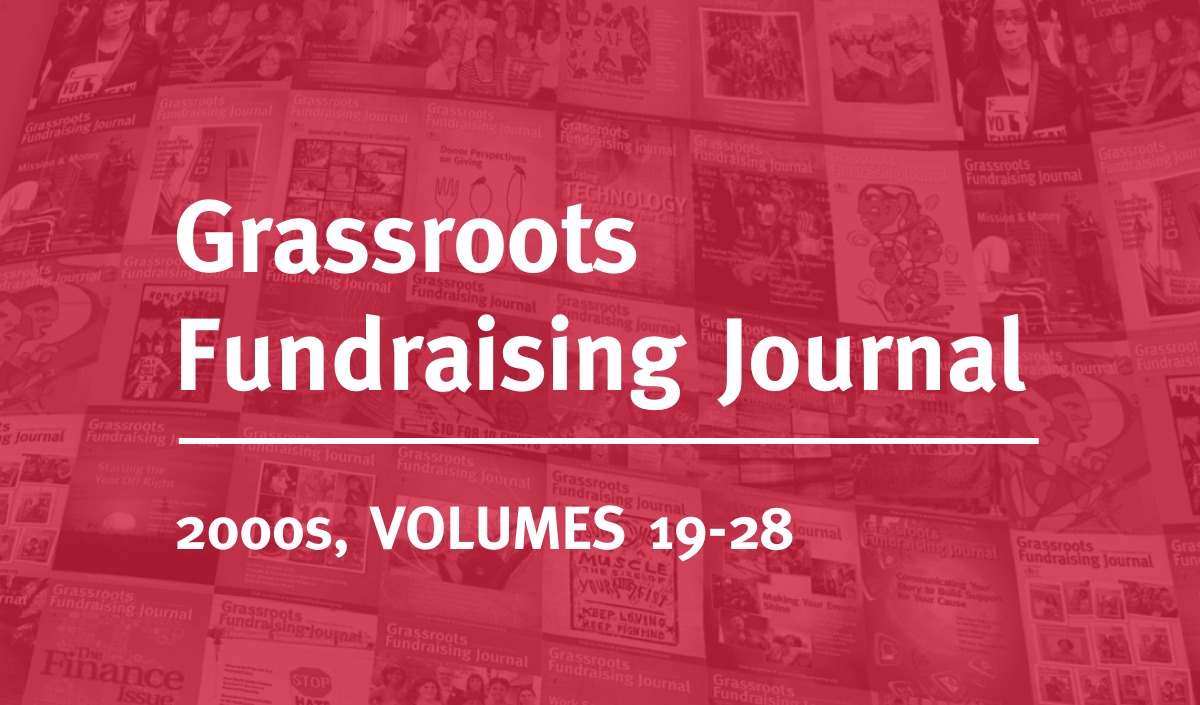May 18, 2011; Source: Stateline | NPQ has reported regularly on the toll that the budget dysfunction of the New York State legislature and former Governor David Paterson took on Empire State nonprofits. Now the governor is Andrew Cuomo who, like his dad, is no mealy-mouthed, milquetoast pushover. Already as governor he has discomfited his Democratic allies and his Republican opponents in his efforts to push and prod the state toward fiscal progress.
Stateline reports on several muscular sounding steps coming out of Albany that might give nonprofits hope that things are changing. Cuomo describes himself as “a progressive Democrat who’s broke,” meaning that he is committed to “rein in spending on New York’s two biggest budget drivers – health care and K-12 education.” To do this, however, he knows he is going to have to “reform a political culture that favors short term dealmaking over long-term planning.”
Evidence of change? The first piece of evidence is that Cuomo got the legislature to adopt a budget on time, the first time it had done so in five years. At the outset of the fiscal year (that began in April), Cuomo confronted a projected four-year deficit of $63 billion, but his budget got the projection down to $10 billion. If Cuomo could bring himself to extend the income tax increase on rich people that is set to expire at the end of December, the projected four-year deficit would disappear.
Sign up for our free newsletters
Subscribe to NPQ's newsletters to have our top stories delivered directly to your inbox.
By signing up, you agree to our privacy policy and terms of use, and to receive messages from NPQ and our partners.
Still, he faced head-on Medicaid, for which New York even provides full coverage to childless adults below poverty, and education, where New York leads the nation in spending per pupil. The new budget simply caps spending increases in Medicaid and education, regardless of their statutory funding formulas, for Medicaid at an index of health care inflation (currently 4 percent), and for education at the state’s rate of growth in personal income. To succeed where his predecessors failed, Cuomo brought the hospitals and unions to the table to help design the cuts in health care, including cuts in state Medicaid payments to doctors and hospitals.
Is this the template for state budgets in the future? Simply imposing growth caps, which in New York’s case, leave $640 million in health care cuts yet to be specified? If so, nonprofits had better get to the tables in their states to join their governors’ redesign teams so that their interests and constituencies aren’t left on the sidelines as unspecified cuts. –Rick Cohen













